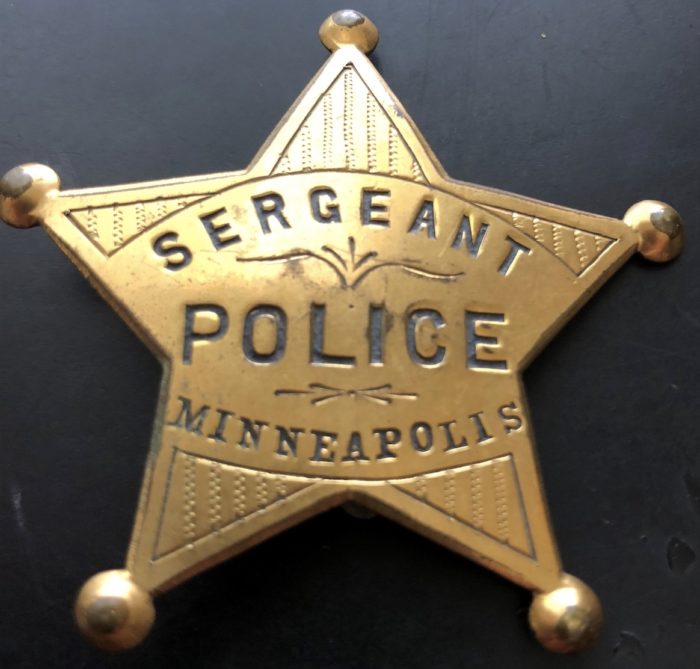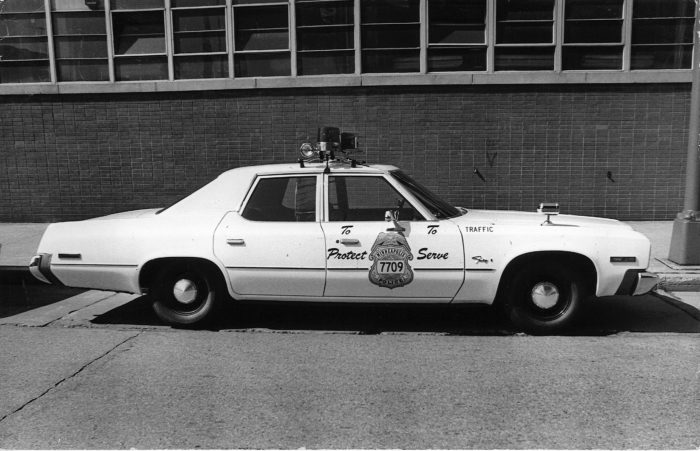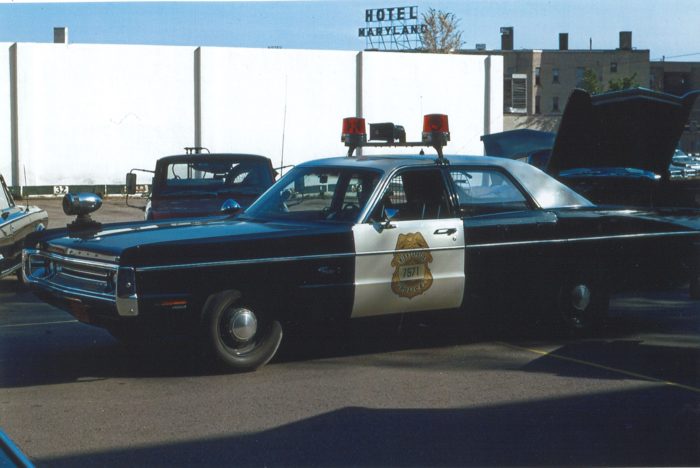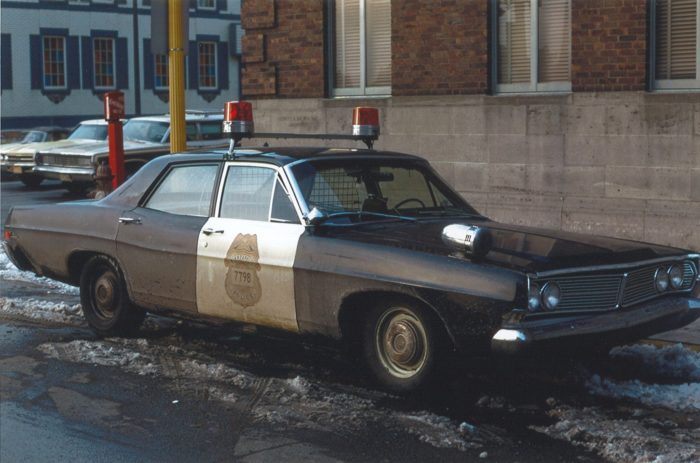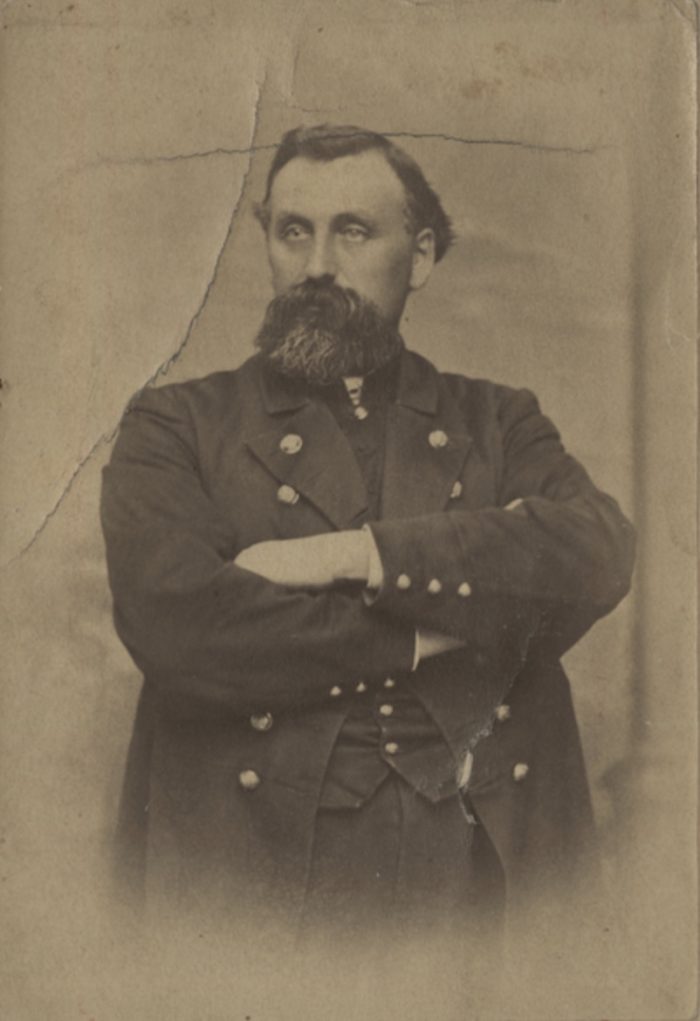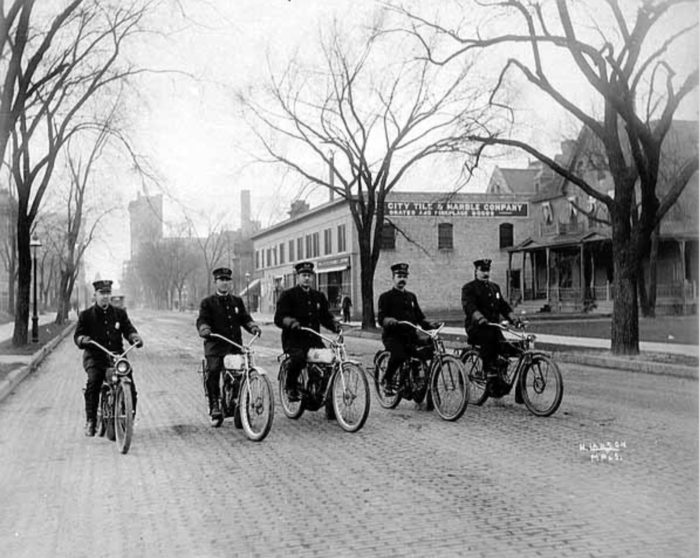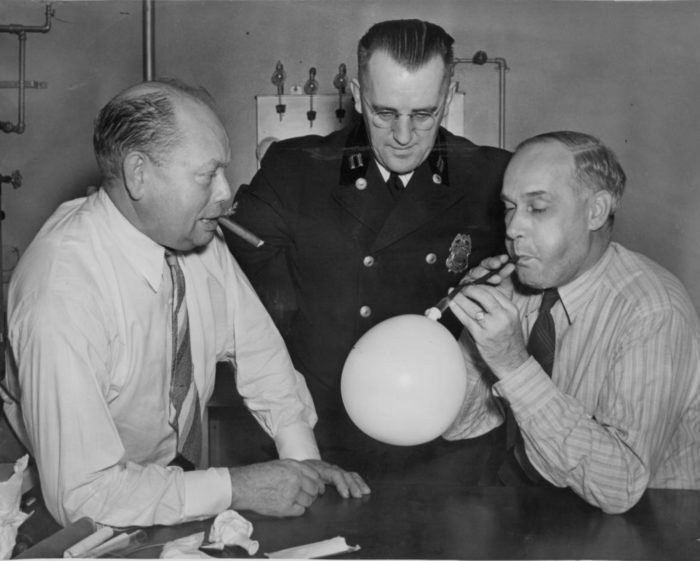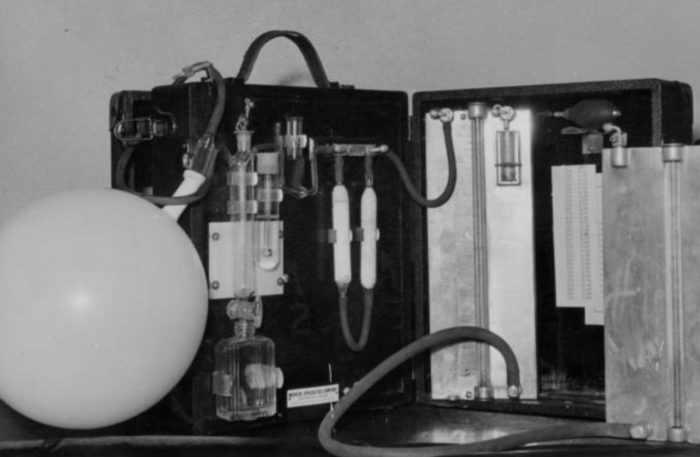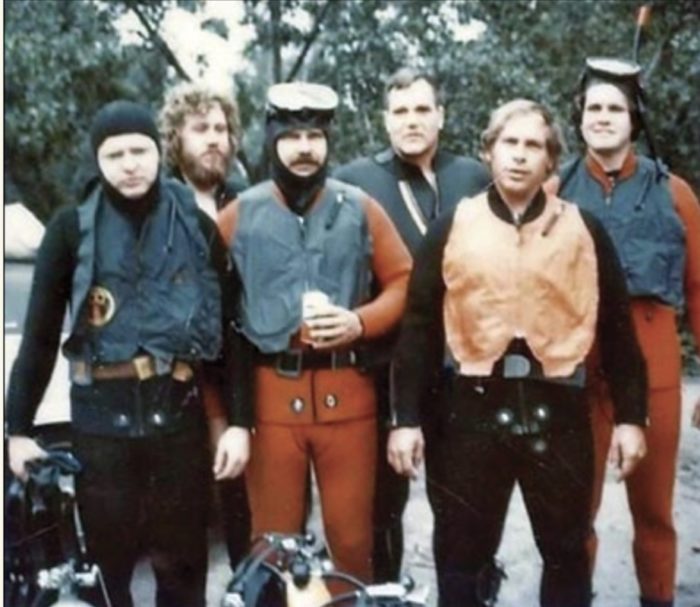Recently, we were fortunate to receive some squad car photographs from Scott Reichel of the Hoffman Estates, Illinois Police Department. These photographs were taken by Larry Phillips.
This 1968 Ford was photographed in 1970 in front of the Citizen’s Aid Building at 404 South 8th Street (formerly the George H. Christian House). The building still exists today.
As an interesting architecture side note, the Citizen’s Aid Building was designed by the architecture firm of (Edwin Hawley) Hewitt and Brown. The Minneapolis firm was prominent in the city during the early 20th century and in addition to the Citizen’s Aid Building designed the following:
-Metropolitan Bank Building, 2nd Ave. S. and 6th St.
-McKnight Building, 5th St. and 2nd Ave. S.
-Charles Sexton Residence, 2321 Blaisdell Ave.
-Architects and Engineers Building (1922)
-Qwest Building (1932)
-Eugene J. Carpenter House (1906)
-George C. Christian House, now the Hennepin History Museum, in the Washburn-Fair Oaks Mansion District
-Hennepin Avenue United Methodist Church (1916)
-Julia Morrison Memorial Building (Minneapolis School of Art), 25th St. & Stevens Ave. S. (1916) (now part of Minneapolis College of Art and Design)
-St. Mark’s Episcopal Cathedral (Minneapolis, Minnesota) (1908–11)
University Baptist Church, 1219 University Ave. SE
-Northwestern National Life Insurance Company Home Office, Oak Grove and 15th. St. (now 430 Oak Grove Apartments)
-Dunwoody College of Technology, Wayzata Blvd. and Lyndale Ave.
-The Blake School, 110 S. Blake Rd., Hopkins, Minnesota
-Northrop School, 511 Kenwood Parkway, Minneapolis
-Charles S. Pillsbury residence, 100 E. 22nd St.
-Walter G. Hudson residence, 2400 Pillsbury Ave. S.
-Robert Webb residence, 1920 Pillsbury Ave. S.
-J. L. Record residence, 343 Oak Grove
Photograph taken by Larry Phillips and provided courtesy of Scott Reichel
